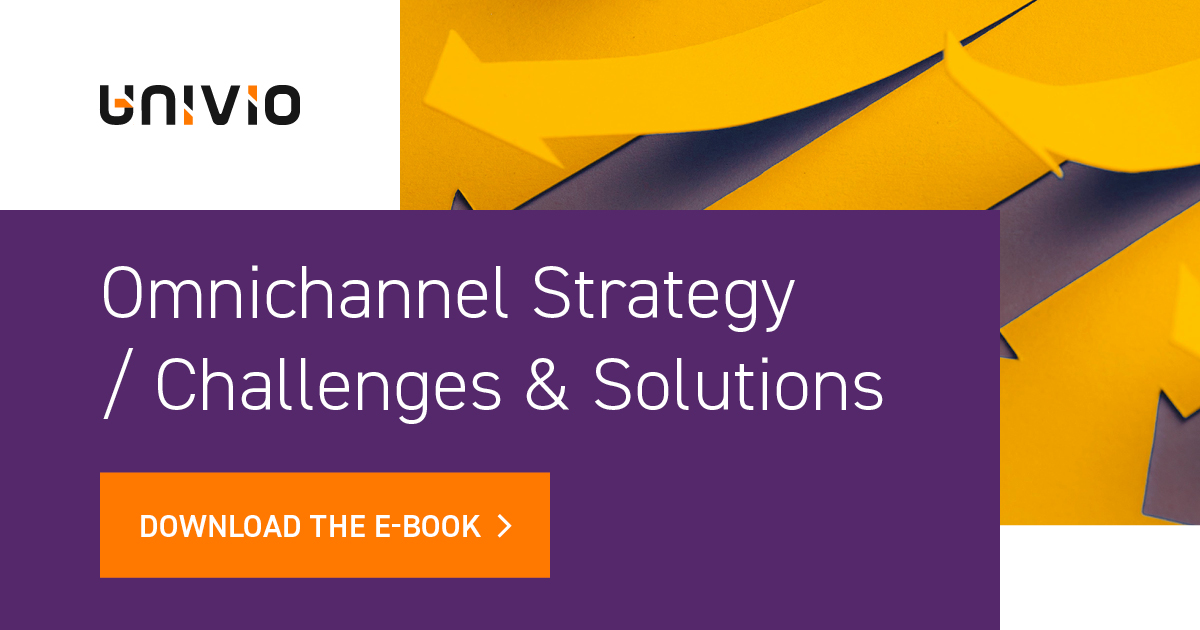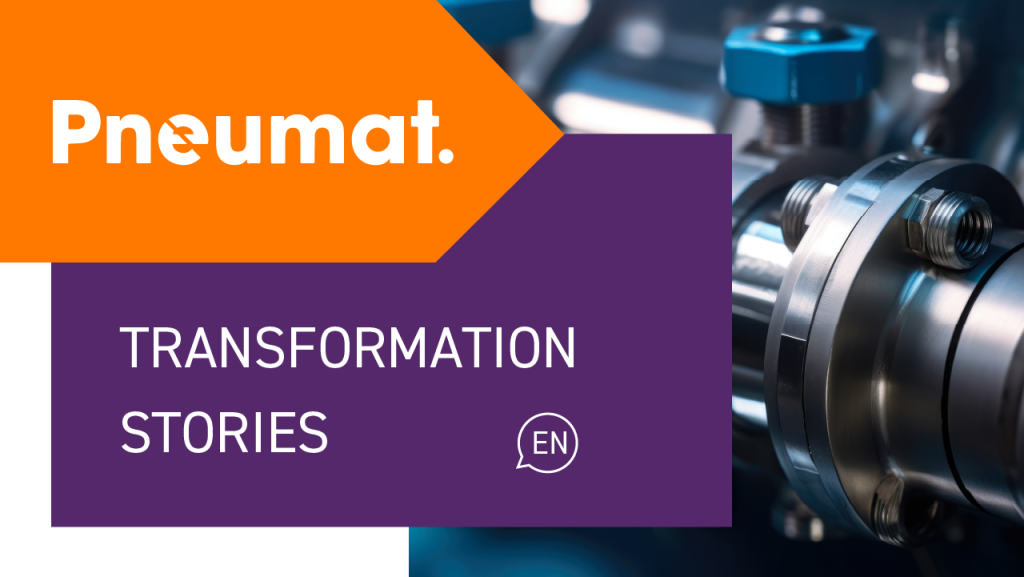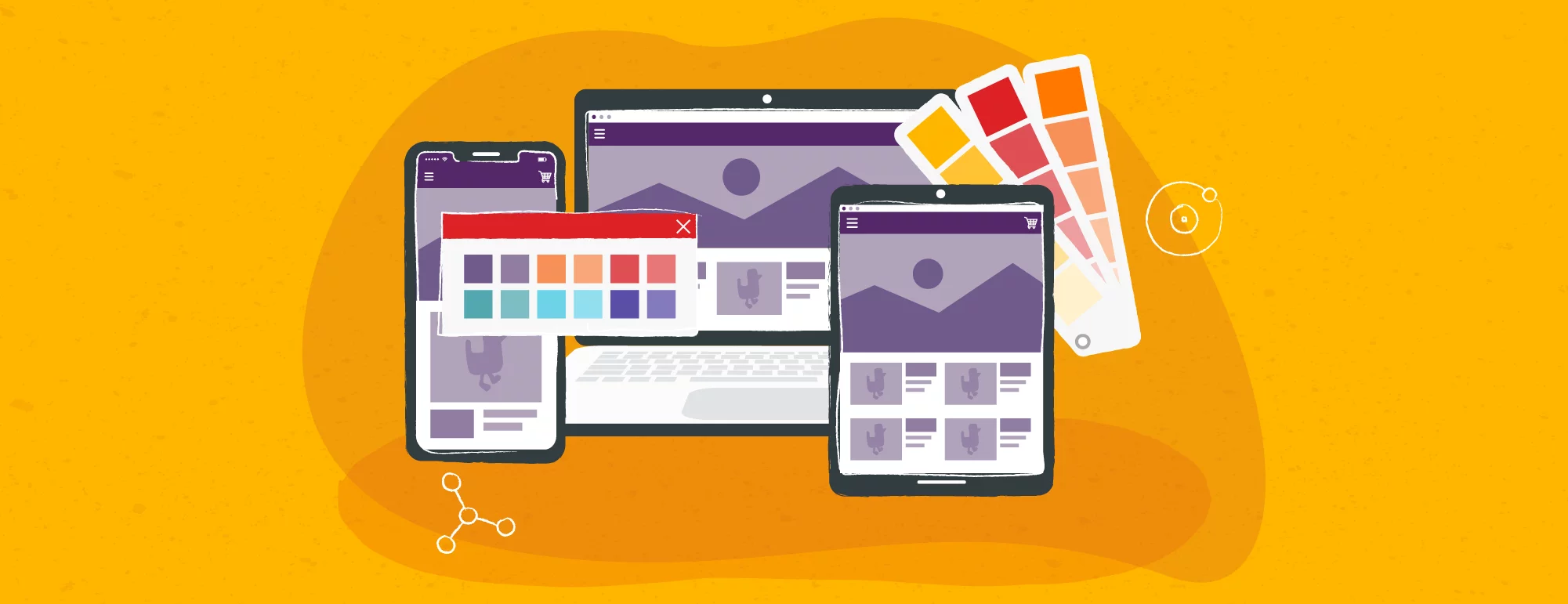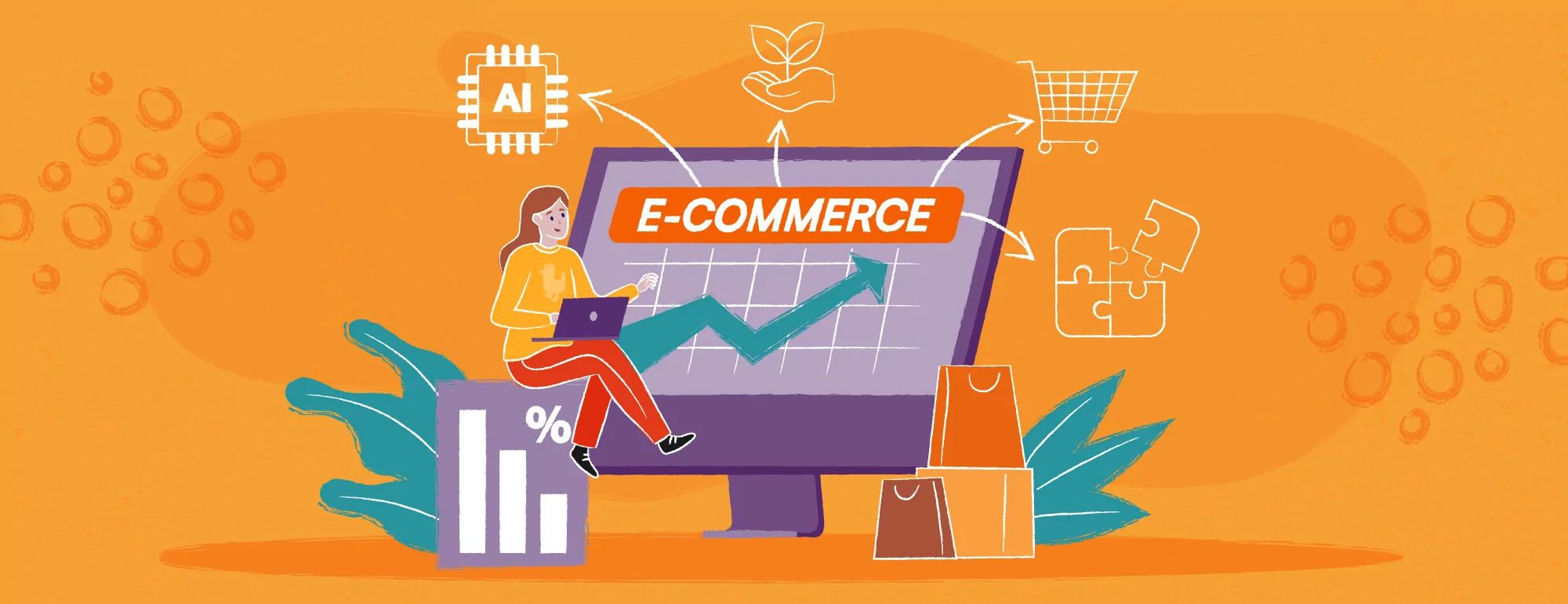MACH Architecture vs Digital Experience Platform (DXP) / Why MACH’s Best-of-Breed Approach is a Better Fit
“The customer is always right” mantra has been repeated by the world of e-commerce for a very long time. And in the era of growing communication channels and brand touchpoints, this phrase is now more meaningful than ever. For this reason, organizations need to become increasingly agile, flexible and respond to customer needs at speed.
As we have demonstrated before, as requirements and technologies continue to evolve, DXP (Digital Experience Platform) “monoliths” begin to stand out clearly from the latest and cutting-edge solutions. The problems with DXPs and their mismatch with today’s reality are addressed by the best-of-breed approach in the MACH architecture, which is based on the selection of the best tools and components that the organization needs in a particular situation.
The MACH architecture is based on the assumption that firms need better control and agility to meet customer needs today and in the future. MACH foundations are built of combined technologies – microservice-based, API-first, cloud-native and headless ones – that provide a truly open, modular ecosystem whereby companies can embrace innovation and respond to change faster and with less risk than ever before.
MACH Architecture Definition
Now let’s look at what MACH stands for:
M – Microservice-based: here the architecture is based on services and microservices, i.e. interchangeable components (and sometimes modules within one component) and selectable parts of a bigger whole that we can control. We can control it, as we can pick and arrange those parts
into a system. These can be ready-made services in the SaaS model or dedicated solutions that fit into the MACH-based architecture.
A – API-First: this the linchpin between services. Thanks to the application programming interface, it’s unparalleled in process automation and system integration, as it ensures efficient, fast and reliable transfer of information between individual services and user communication channels.
C – Cloud-native: the MACH architecture is so efficient, safe, stable and flexible as it is based on modules designed for cloud solutions. This means that the cloud-based infrastructure meets stringent security standards, is easily available and, most importantly, scalable. You may ask at this point whether the MACH approach can be used on-premises, i.e. without the cloud. Yes, it can. Will such architecture work? Yes, it will. Will it be more efficient and scalable than the cloud-based architecture? It depends, but in most cases: unfortunately not.
H – a headless approach is based on the decoupling of the frontend or the visual layer (what the user sees) from the backend, or the “body” (content repository). This makes it possible to create even more personalized user experiences. Such architecture opens up almost unlimited options in terms of customization of services and their faster delivery to the market, in addition to enabling e-commerce brands to enrich and diversify customer experiences.
For example, headless commerce enables companies to build a platform that caters for their current business needs and keeps up with customer expectations. Sellers are free to assemble their systems by adding, removing and changing individual services such as headless CMS, search engines and loyalty programs at any time.
The Benefits of Migrating To MACH
The greatest advantages of the MACH architecture over a DXP – and at the same time the greatest differences between the two approaches – are:
- The ability to choose a suite of best-of-breed tools and (micro)services;
- The response speed when making critical and key changes;
- The possibility of replacing individual components and modules at any time.
In addition, if we use the boons of the MACH architecture and one day wish to reduce, eliminate, add or replace a component, e.g. a CMS, for one that is more useful, more modern or powerful, it will not necessarily mean replacing the whole platform or even the whole IT architecture, as is the case with DXP solutions.
With MACH, the best-of-breed technological approach, offering the best quality, optimization and the greatest number of options, is available to us both at the initial stage of building a platform based on the MACH architecture, and then at the stage of its further development, because MACH is an open architecture. This means that if we wish to create a website consisting of the best-in-class elements (e.g. with Commercetools as an e-commerce platform, and Contentful as a CMS), we will be only restricted by our imagination rather than by the capabilities and limitations of individual components.
Furthermore, the MACH architecture focuses on technological openness and agility, as well as on human aspects –operational and functional. MACH can be used for automatic allocation of permissions and administrative tasks at the level of teams, groups or technologies. But it is only by splitting the “system accountability” into microservices that we will we ensure that access to specific tools and their resources will be granted to those employees who actually use those resources. This means that the toolkits handed over to our employees can be assembled keeping in mind the individual needs of our teams rather than in keeping with what soulless system correctness and functionality would dictate.
We have outlined for you the most important advantages and disadvantages of both the MACH and DXP architecture, so you can be sure than if you wish to have a future-proof tool, you should act now and transition to headless.
Schedule an inspiration workshop with our consultant and choose the best solution for your company!








